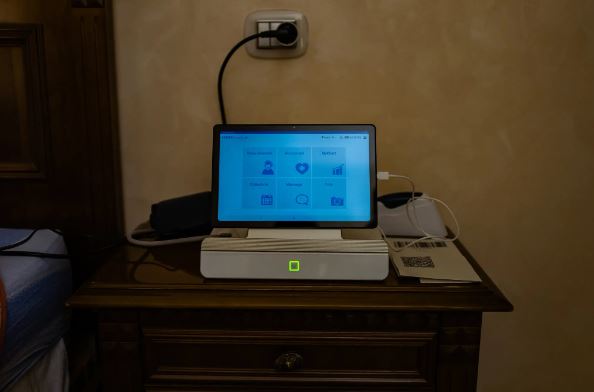According to a major analysis of insurance claims published on Friday in JAMA Health Forum, mental health care use rose significantly during the coronavirus epidemic as teletherapy reduced obstacles to frequent visits.
There was a 39% rise in mental health visits and a 54% increase in expenditure between March 2020 and August 2022, according to the report. The usage of telehealth has increased by a factor of 10, according to an analysis of 1,554,895 claims for physician visits.
The research only accounts for outpatient care provided to over seven million American individuals with employer-sponsored health insurance; hence, it does not include hospitalisations or long-term residential treatment for those with serious mental diseases.
Christopher M. Whaley, a health care economist at the RAND Corporation and author of the report, said that the hikes are likely to be continued despite insurers weighing the advantage of continuing to pay more.
However, he said, patients with unmet mental health requirements are less likely to take their prescriptions and more likely to visit emergency rooms in times of crisis, both of which place substantial financial burdens on insurance providers.
Anxiety and depression accounted for 45 percent and 33 percent of all visits, respectively; post-traumatic stress disorder accounted for 10 percent; bipolar disorder accounted for 9 percent; and schizophrenia accounted for 2.6 percent.
Anxiety disorders had the highest percentage rise in visits during the pandemic, at 73.7%, compared to the other four diagnoses. There was a 37% rise in the number of people seeking help for PTSD, 32% for bipolar illness, and 31% for depression. The number of doctor’s appointments for schizophrenia remained constant.
Researchers were taken aback to find that despite the conclusion of the epidemic, telemedicine for mental health had not decreased in usage.
According to Dr. Robert L. Trestman, head of psychiatry at Virginia Tech’s Carilion School of Medicine, who leads a psychiatric system in western Virginia, the rising demand for mental health care is a result of both diminishing stigma and a reduction in practical obstacles to mental health appointments.
Dr. Trestman reported a “incredible increase in billing” for patients suffering from anxiety and depression in his own system during the pandemic years. According to him, in the past, over half of all persons exhibiting these symptoms did not seek out mental health treatment.
Despite the passing of a federal statute, the Mental Health Parity and Addiction Equity Act of 2008, patients have long complained about the difficulties of having mental health appointments reimbursed.
Dr. Jane M. Zhu, an associate professor of medicine at Oregon Health and Science University who researched the availability of mental health services, said that insurers will need to determine whether or not telehealth is preventing patients from accessing more expensive forms of care, such as using emergency rooms for mental health crises.
Dr. Zhu noted that telehealth’s level of acceptance differs across demographics. Health Affairs released a research in 2022 showing that patients with anxiety and terror problems adapted to remote therapy more quickly than those with schizophrenia.
According to a 2022 study by the government Office of Health Policy, telehealth adoption was lowest among the uninsured and young individuals. Video viewing is most popular among whites and the affluent, and least popular among the less educated, the elderly, and persons of colour (Latinos, Asians, and Blacks).

